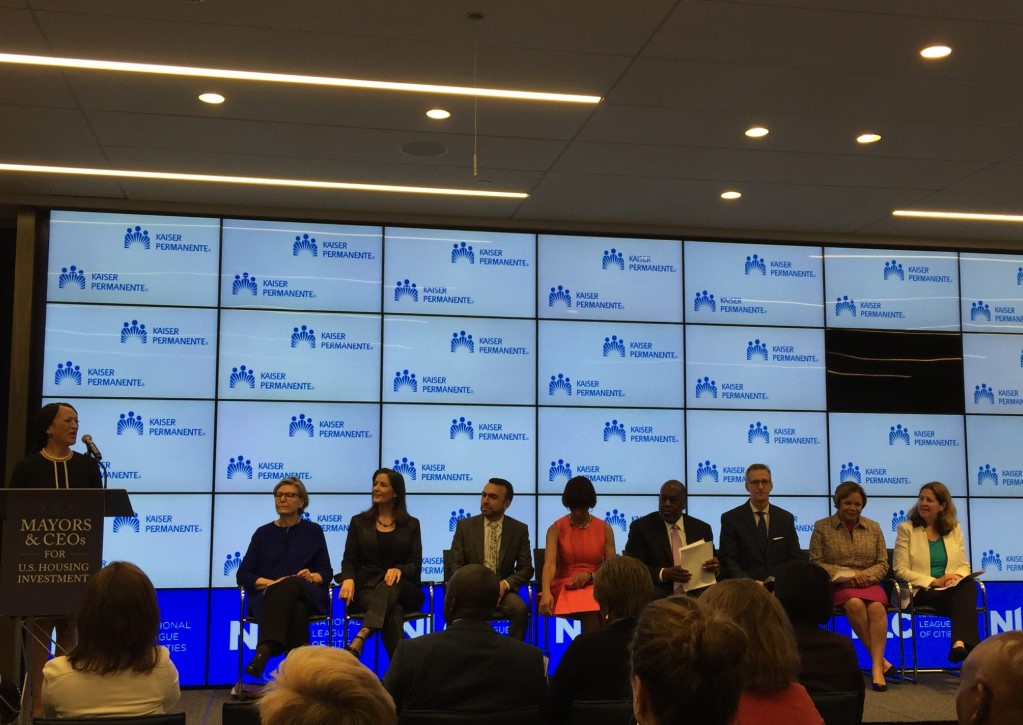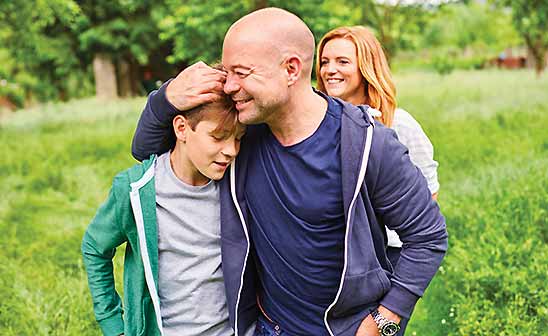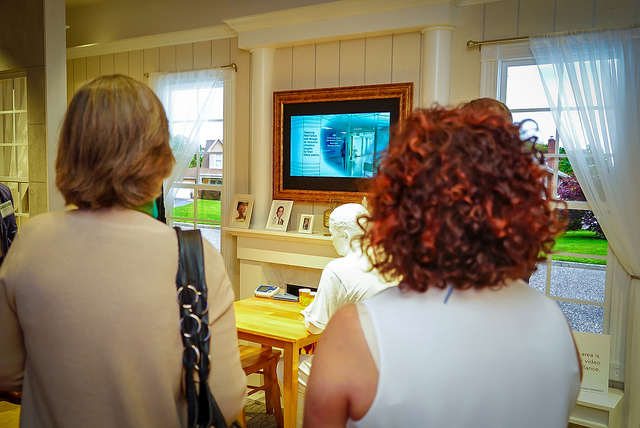
As the details quickly spread in the aftermath of Typhoon Haiyan in the central Philippines, governments and organizations worldwide began looking for the best avenues to provide relief and support to survivors. As a non-profit organization with a humanitarian social mission, we tracked down Dinah Dittman, national director for community engagement and philanthropy at Kaiser Permanente, to help explain the assessment process that Kaiser Permanente undertakes following news of a major natural disaster.
Does Kaiser Permanente have a philosophy about how to respond financially or otherwise following natural disasters?
Yes, our approach has been informed by years of experience and a rational, multi-phased approach. While we are quick to pull together the appropriate folks within Kaiser Permanente to begin this assessment, we follow a process of working with our community partners about how Kaiser Permanente can be the most helpful. We are fortunate to have a team of experts in areas of philanthropy, disaster response and community engagement, to begin this assessment process following a disaster.
Immediately following a disaster, it’s human nature to want to quickly respond and do something, especially when news reports are filled with photos and stories of people who clearly need help. So many of us want to rush to the site of the disaster and provide immediate assistance – clothing, food and comfort. However, that’s not practical. The people who need to do those things are trained professionals and trained volunteers who know how to organize and cope in austere environments. At Kaiser Permanente, our communications to our workforce emphasizes that disasters have stages of relief, recovery and rebuilding. And we reinforce best practices in philanthropy and community service — one being that during the relief phase, the best thing to do is give funding to the first responder, trained and connected relief agencies, who are working with governments and networks in the place that’s experiencing the disaster. Resources, such as how to be a “wise” donor and how to contact friends and family in disaster areas, are posted on our disaster relief website, which we make available for our employees.
Because our workforce includes many physicians, nurses, and logistics experts who are trained in disaster relief, the people with those skills are often asked by the aid organizations with whom they are affiliated, to volunteer to serve in the affected areas. We do have a website for our employees and physicians to provide their clinical or logistics skills and language abilities that would be suitable for helping in a disaster area, either in the relief or the recovery and rebuilding phases. This is the system that Kaiser Permanente’s clinical and community volunteer managers use to connect with the people of Kaiser Permanente who are ready, willing and able to serve.
Has Kaiser Permanente made any decisions on how they might support people in the Philippines?
As far as what Kaiser Permanente will be doing to help people affected by this storm, we are now gathering information and connecting with our first responder partners on the ground in the Philippines. They have told us that they now are in the “assessment” phase to find out what the local needs are, including medical and logistics skills, and how best to organize skilled volunteers to coordinate with local responders in the relief phase.
The charitable giving/nonprofit community is also in the process of assessing where the short and longer-term needs are, especially for the “recovery” phase which will be so important to people getting back to their way of life in their home villages and towns. We also don’t advise employees where to make their personal charitable contributions, but we do encourage them to be informed about a charitable organization before making a donation. The Charity Navigator site is a very useful one. They do a “quality control” assessment of nonprofit organizations and provide details on their website, which they have updated for Typhoon Haiyan.
As recovery begins for the people affected by the storm, Kaiser Permanente will stay in touch to learn how volunteers from our workforce would be needed and could serve.
That is an interesting point you’ve made about relief vs. recovery. Can you give an example of how Kaiser Permanente does that?
One example of our long-term thinking and partnership approach is the earthquake in Haiti. In January 2010, Haiti suffered a devastating earthquake that killed thousands of people, left millions homeless, and significantly damaged the country’s already fragile infrastructure, including its health system.
Among many of the buildings that were destroyed was the administrative headquarters for the Ministry of Health. This is the government agency that looks out for the public’s health in Haiti, similar to the Health and Human Service Department in the United States. Kaiser Permanente partnered with the Centers for Disease Control and Prevention, which has a large contingent of staff in the country, in its drive to support public health department assistance in Haiti. Kaiser Permanente’s donation provided a new building with offices for Haiti’s Ministry of Public Health and Population (Ministère de la Santé Publique et de la Population or MSPP). Everyone agreed that, without a decent place to work, it would be extremely difficult to coordinate efforts to rebuild Haiti’s public health infrastructure and respond to the country’s ongoing health needs. We knew this project would help the communities of Haiti for years to come. We were pleased to join the CDC delegation that traveled to Haiti in February of this year, for the dedication of the new MSPP building and laboratories in Haiti.
In addition to the CDC Foundation donation, Kaiser Permanente supported four nonprofit agencies in 2010 that were first responders, providing much-needed relief aid to the people of Haiti. Kaiser Permanente physicians and nurses trained in disaster relief volunteered in Haiti with aid organizations they were affiliated with. To help share their experiences with other employees at Kaiser Permanente and beyond, the “Dispatches from Haiti” blog was created, which featured at least 28 posts from 11 different caregivers, among them surgeons, emergency room physicians, a nurse and a psychologist.
Read first-person accounts of on-the-ground relief aid from Kaiser Permanente clinicians on the Dispatches From… blog.




